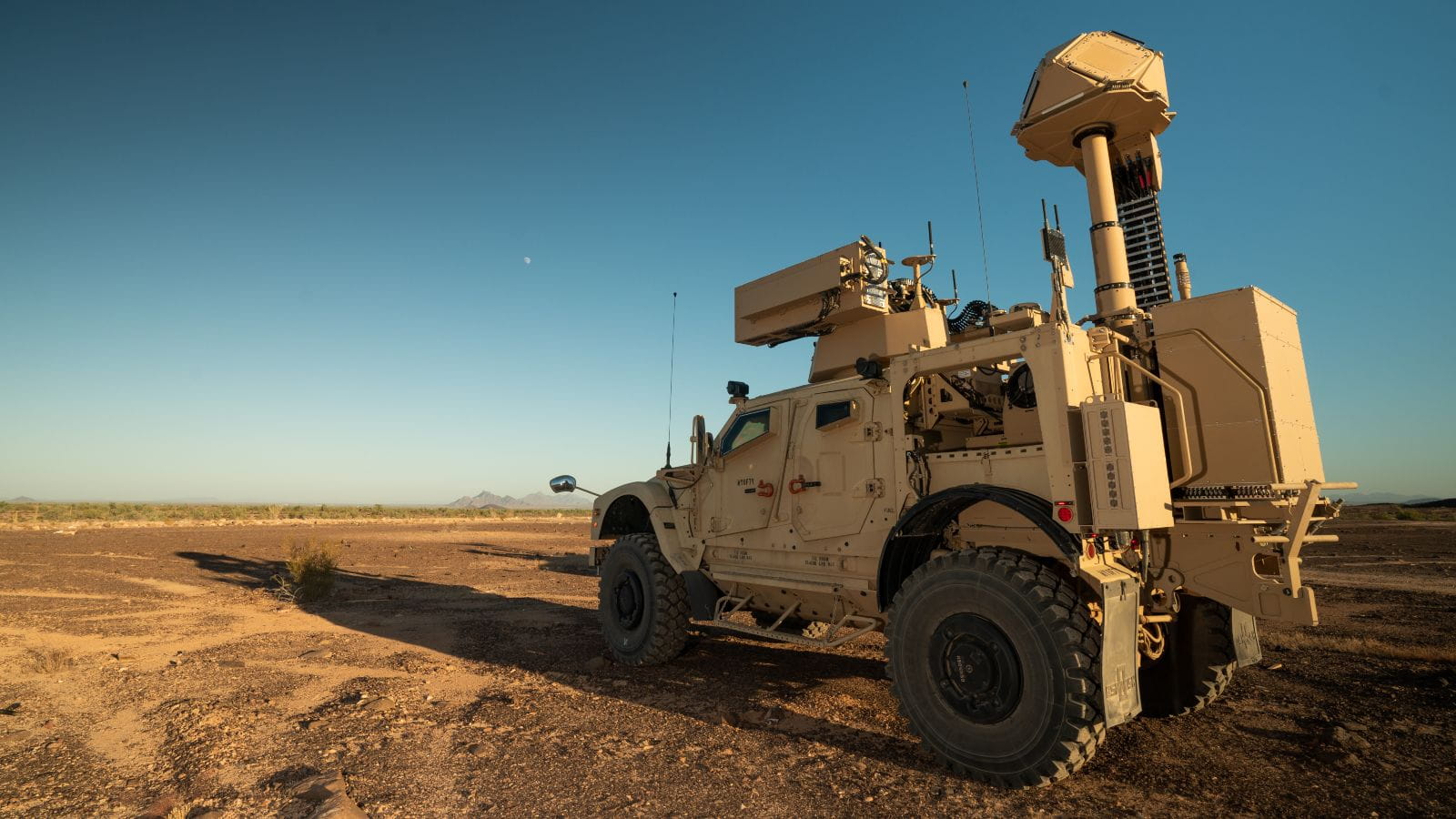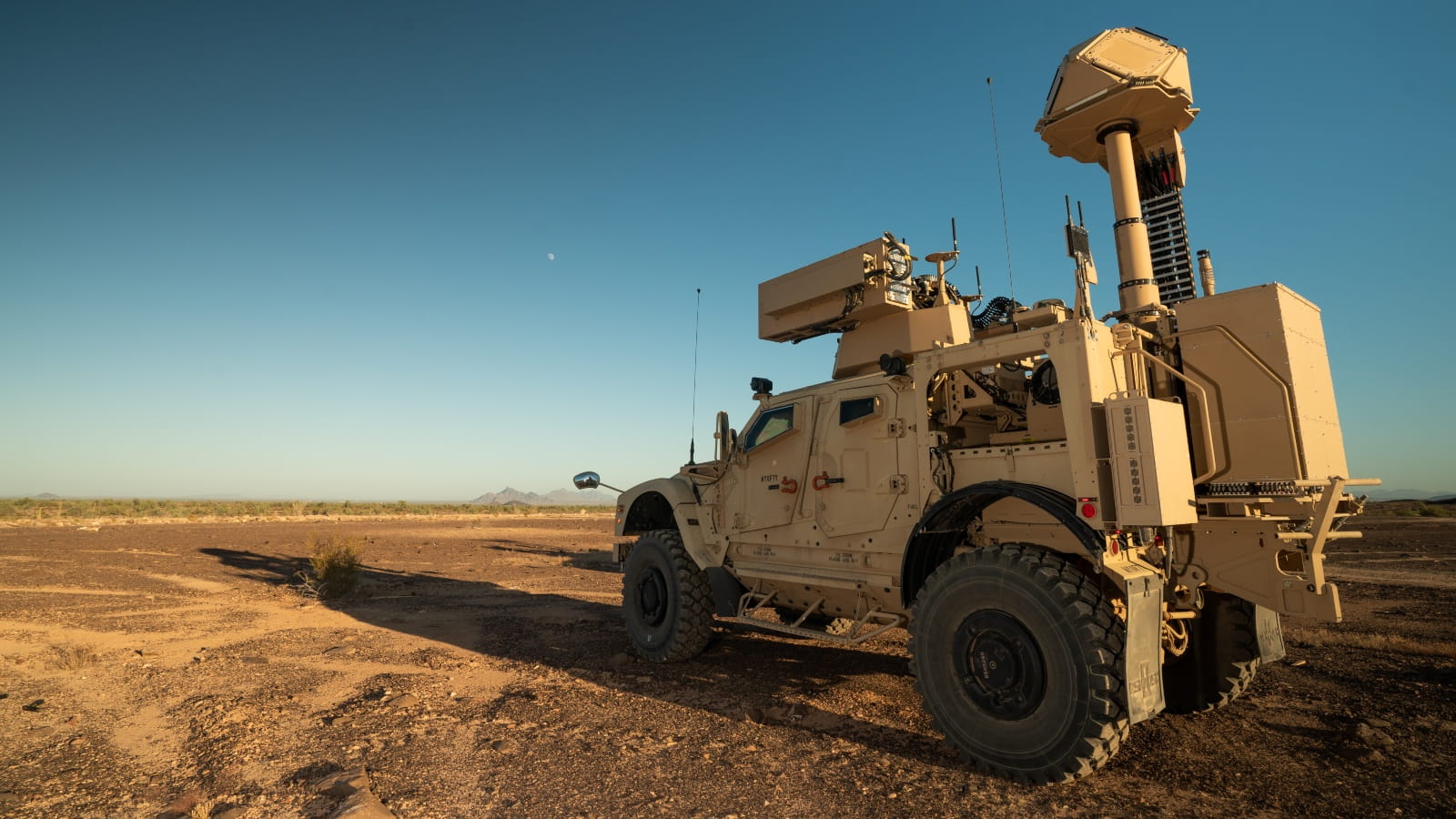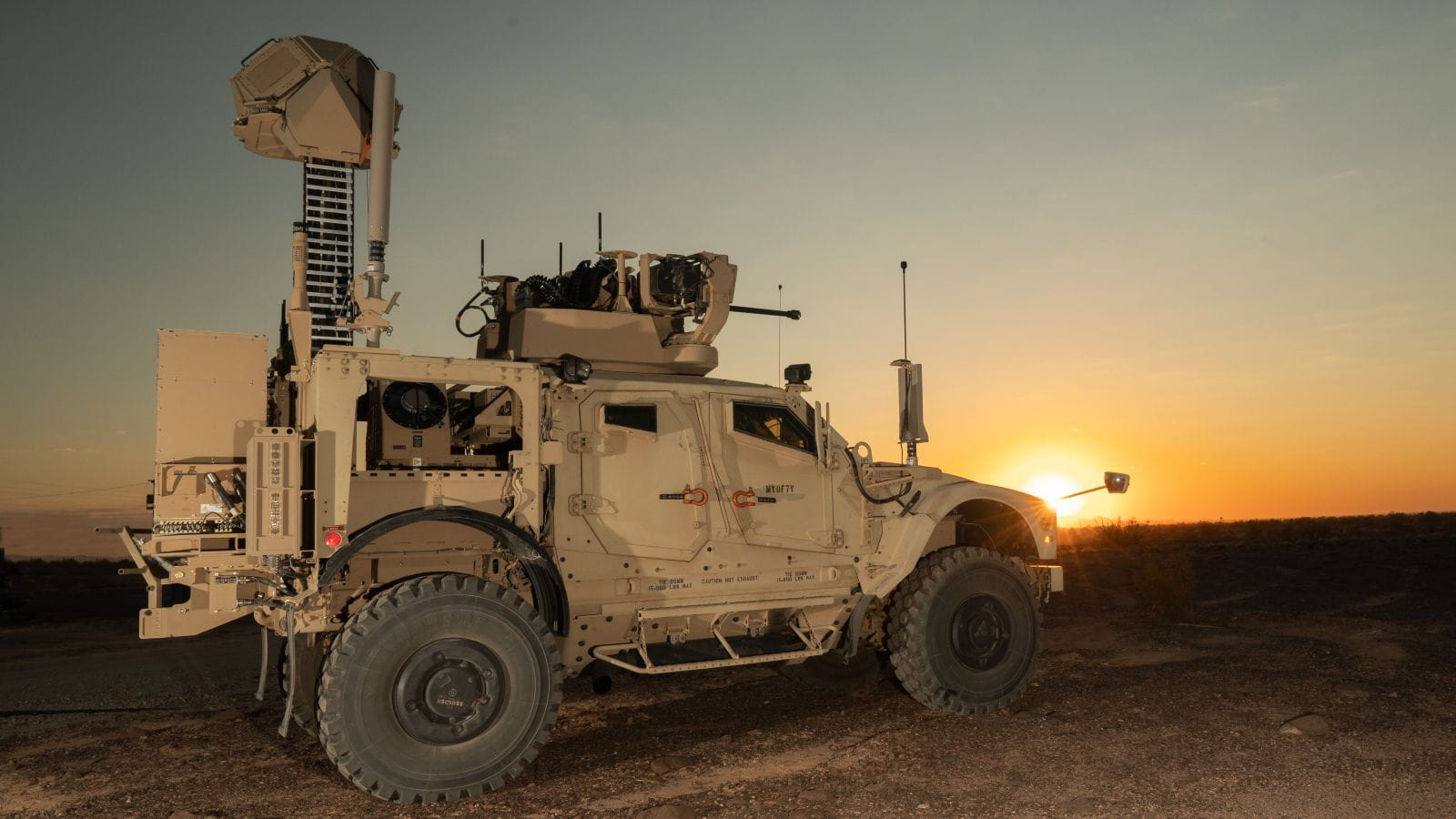The Ku-band Radio Frequency Sensor is a 360-degree radar that provides persistent detection, identification and tracking of airborne threats - from rockets, artillery and mortars to all classes of drones.
Multi-mission radar
Raytheon originally built the KuRFS radar to help the U.S. Army defend against rocket, artillery and mortar attacks in Iraq and Afghanistan. Because of its precision targeting capabilities and reliable performance, it has proven highly effective for counter-Unmanned Aircraft System, or C-UAS, missions.
Paired with Raytheon’s Coyote® kinetic effector, the systems provide essential detect and defeat capabilities in the defense against UASs. These proven capabilities are crucial components of the U.S. Army’s currently deployed counter-UAS solution, LIDS - the Low, slow, small, unmanned aircraft Integrated Defeat System.
KuRFS also works with multiple weapons systems, including the land-based Phalanx Weapon System, 50-caliber guns and 30 mm cannons, and the High Energy Laser.
Precision tracking
KuRFS uses active electronically scanned array, or AESA, technology that enables exact steering of its beam toward a threat. The radar owes its precise sensing and fire control to its operation on the Ku-band of the electromagnetic spectrum.
The Ku band’s short wavelengths produce significantly sharper image resolution than other parts of the electromagnetic spectrum, and it enables the KuRFS radar to identify and discriminate among many small objects at once, and tell the difference between biologicals and non-biologicals. It can even see and identify an incoming 9 mm bullet.




